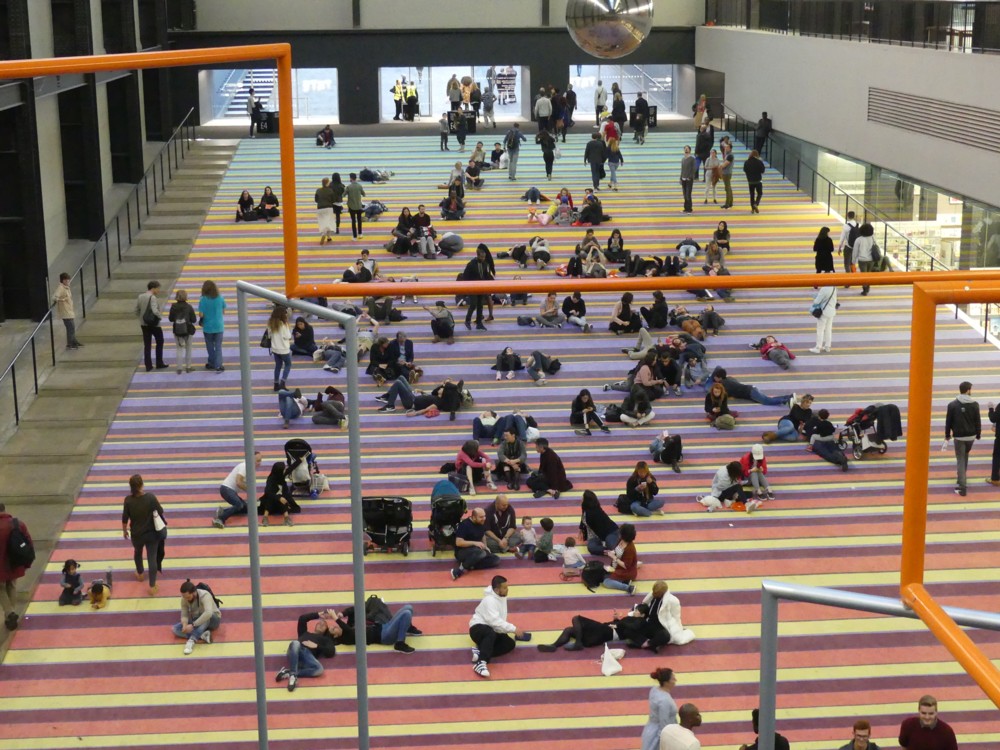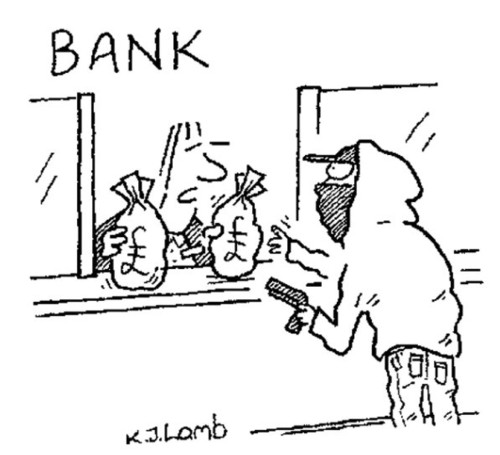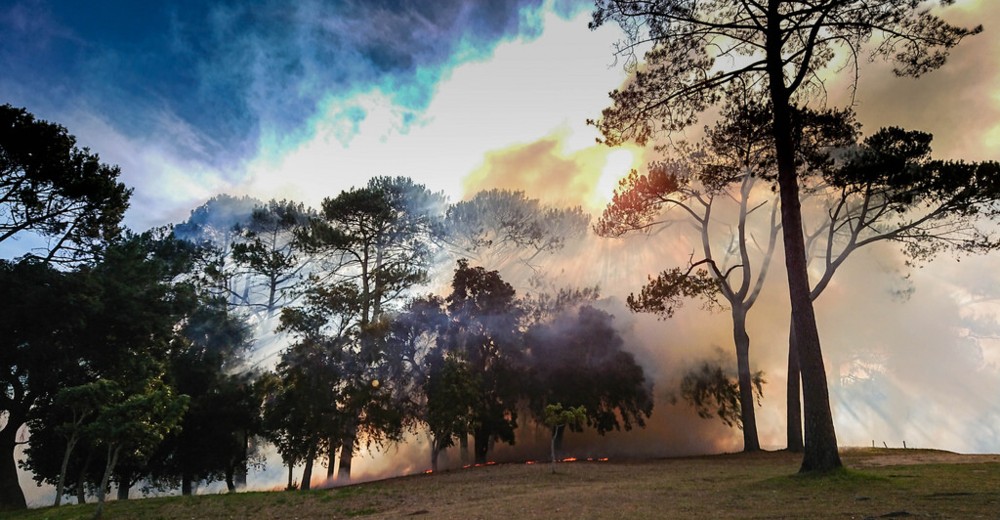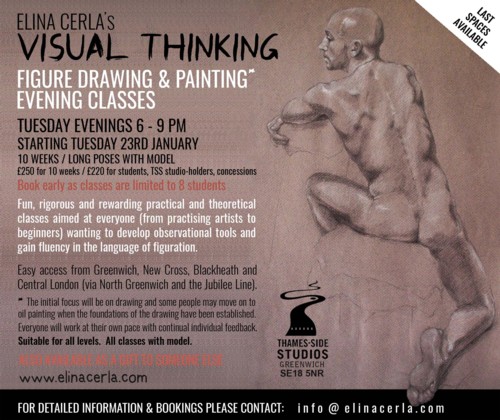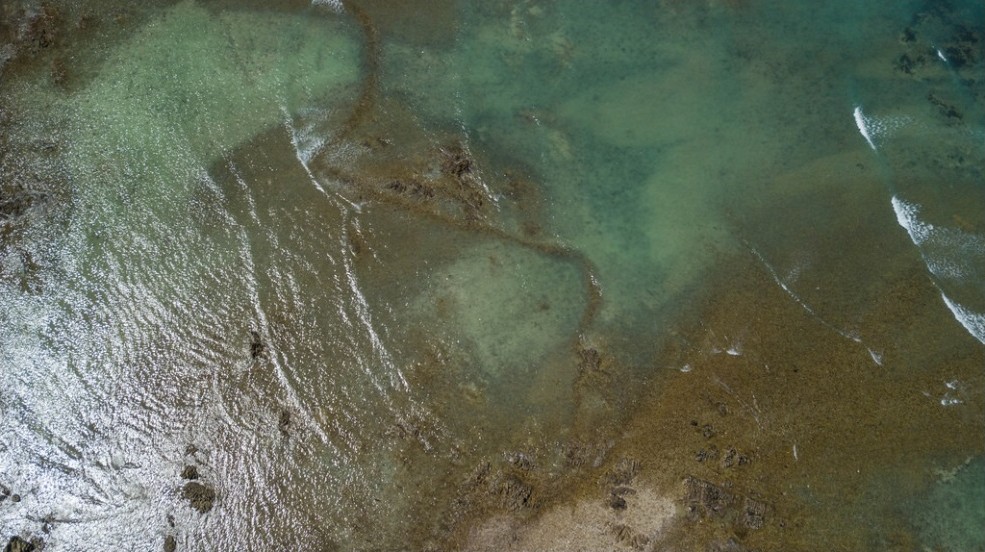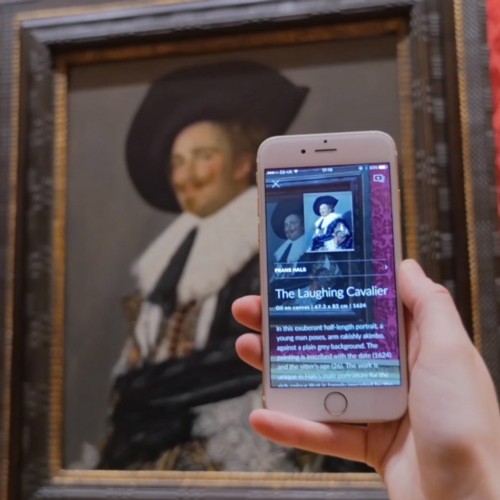I’m reading Deidre McCloskey’s Bourgeois Equality, the final volume of her Bourgeois trilogy. I hope that in this volume, at last, I will read evidence concerning McCloskey’s thesis about how the Great Enrichment came about, which is that it was ideological. She keeps repeating this, but keeps flying off at other tangents. Wish me luck.
Interesting tangents, mind you. Like this one, which is a most interesting prediction, concerning the future of Sub-Saharan Africa (pp. 70-72):
Know also a remarkable likelihood in our future. Begin with the sober scientific fact that sub-Saharan Africa has great genetic diversity, at any rate by the standard of the narrow genetic endowment of the ancestors of the rest of us, the small part of the race of Homo sapiens that left Mother Africa in dribs and drabs after about 70,000 BCE. The lower diversity outside Africa comes from what geneticists call the founder effect, that is, the dying out of genetic lines in an isolated small group, such as those that ventured into west Asia and then beyond. The founder effect is merely a consequence, of the small samples dribbling out, as against the big sample of the Homo sapiens folk that stayed put in Africa. Any gene-influenced ability is therefore going to have more African extremes. The naturally tallest people and the naturally shortest people, for example, are in sub-Saharan Africa. The naturally quickest long-distance runners are in East Africa. The best basketball players descend from West Africans. In other words, below the Sahara the top end of the distribution of human abilities – physical and intellectual and artistic – is unusually thick. (Yet even in Africa the genetic variability in the Homo sapiens race appears to have been thinned repeatedly before the time of the modest emigrations, by population crashes, such as when the super volcano Toba in Sumatra went off, suggestively also around 70,000 BCE. It reduced our Homo sapiens ancestors to a few thousand-a close call.)
The thickness of sub-Saharan abilities at the high end of the distribution is a mere consequence of the mathematics. Greater diversity, which is to say in technical terms, higher variance, means that unusual abilities at both ends of the distribution, high and low, are more common. Exactly how much more depends on technical measures of genetic difference and their expression. The effect could be small or large depending on such measures and on the social relevance of the particular gene expression.
The high end is what matters for high culture. Sub-Saharan Africa, now at last leaning toward liberal democracy, has entered on the blade of the hockey stick, growing since 2001 in per-person real income by over 4 percent per year-doubling that is, every eighteen years. A prominent Nigerian investment manager working in London, Ayo Salami, expects an ideological shift among African leaders in favor of private trading as the generation, of the deeply socialist anticolonialists born in the 1940s dies out.” The 6- to 10-percent growth rate available to poor economies that wholeheartedly adopt liberalism will then do its work and yield educational opportunities for Africans now denied them.
The upshot? Genetic diversity in a rich Africa will yield a crop of geniuses unprecedented in world history. In a century or so the leading scientists and artists in the world will be black-at any rate if the diversity is as large in gene expression and social relevance as it is in, say, height or running ability. Today a Mozart in Nigeria follows the plow; a Basho in Mozambique was recruited as a boy soldier; a Tagore in East Africa tends his father’s cattle; a Jane Austen in Congo spends her illiterate days carrying water and washing clothes. “Full many a gem of purest ray serene / The dark unfathom’d caves of ocean bear.”

